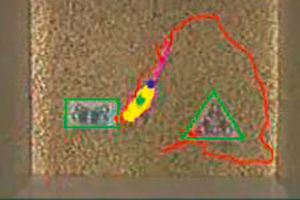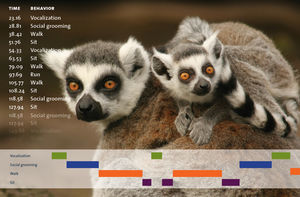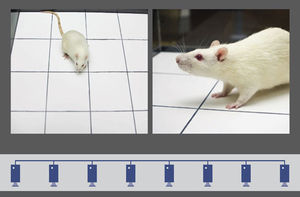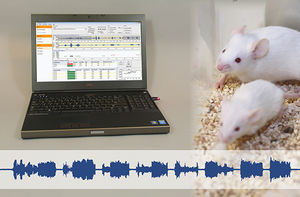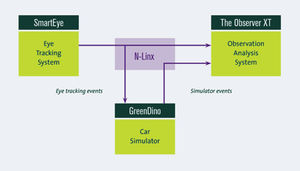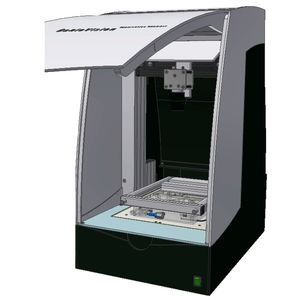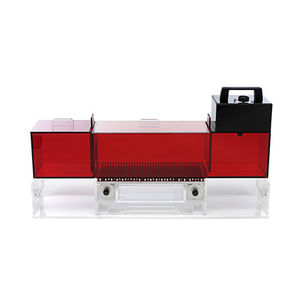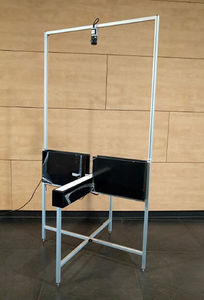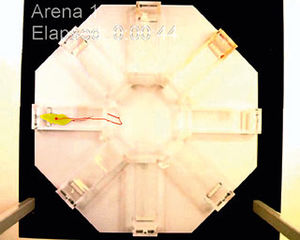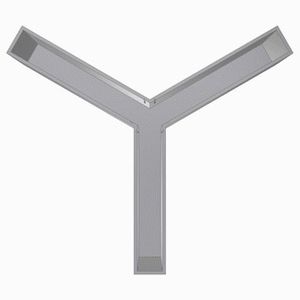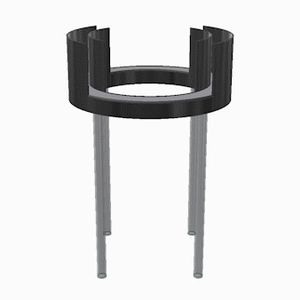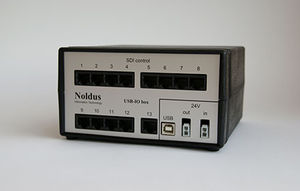

- Products
- Catalogs
- News & Trends
- Exhibitions
Measurement software Danioscopetestfor researchcardiovascular
Add to favorites
Compare this product
Characteristics
- Function
- measurement, test
- Applications
- for research, cardiovascular, laboratory
Description
If you are interested in a scope of zebrafish embryo and larvae parameters such as embryo activity, cardiovascular measurements, morphology, and gut and blood flow, then DanioScope is just what you need. This software tool uses video files and images, and it offers an easy-to-use and non-invasive way to study your zebrafish.
Most importantly, DanioScope allows you to test many animals simultaneously. This increases the throughput of your research significantly, and ultimately saves you a lot of time when it comes to preparing your experiment, acquiring data, and analyzing the results.
Zebrafish embryo activity
Zebrafish develop quickly: within a matter of hours internal organs start to show. Also, movements such as tail flicks, coilings, and convulsive behavior start as early as 17 hours after fertilization. These behaviors are of interest especially in toxicological studies and pharmacology, as they reflect the development of the nervous system. Additionally, these readouts are highly susceptible to pharmacological manipulation.
DanioScope non-invasively measures these behaviors – simply use a video of one or more zebrafish embryos. DanioScope automatically recognizes each embryo (within their chorion). Then it measures their activity. If floating occurs you can simply adjust the location of the measurements during the experiment. DanioScope reports back the following parameters:
Burst activity – percentage of time (from total measurement duration) the embryo was moving
Inactivity – percentage of time of inactivity (100% - burst activity).
Burst duration – total time spent active (sum of all movement durations)
Inactivity duration – total time spent inactive
*Prices are pre-tax. They exclude delivery charges and customs duties and do not include additional charges for installation or activation options. Prices are indicative only and may vary by country, with changes to the cost of raw materials and exchange rates.

